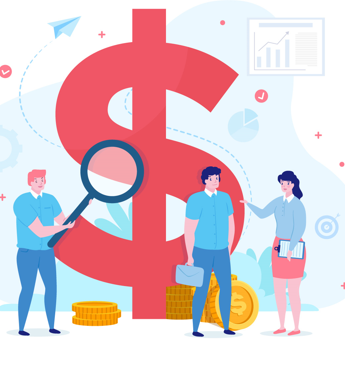There are several factors that can affect the cost of website design and development, some of which include:
- Complexity of the Website: The more complex the website is, the more time and effort it will take to design and develop, which will increase the cost.
- Design and Customization: Custom design and layout, as well as special features, will increase the cost of the website. If a website requires a unique design or specific features, then the cost of development will be higher.
- Functionality: The functionality of a website is a significant factor in determining its cost. The more functions and features that are required, the higher the cost will be.
- Content Management System (CMS): The type of CMS used for the website can also affect the cost. Some CMS platforms are free, while others require a license fee or subscription fee.
- Integration: If a website requires integration with third-party services or platforms, such as payment gateways or social media platforms, then the cost of development will increase.
- Testing and Debugging: The cost of testing and debugging is also a significant factor in the cost of website development. The more testing and debugging that is required, the higher the cost will be.
- Timeframe: The time it takes to design and develop a website can also affect the cost. A shorter timeframe may require additional resources, which will increase the cost.
- Experience and Location of the Developer: The experience and location of the website developer will also affect the cost. Developers with more experience or located in more expensive regions may charge higher rates for their services.
- Support and Maintenance: Support and maintenance are critical factors to consider when designing and developing a website. The cost of ongoing support and maintenance should be factored into the total cost of development.
